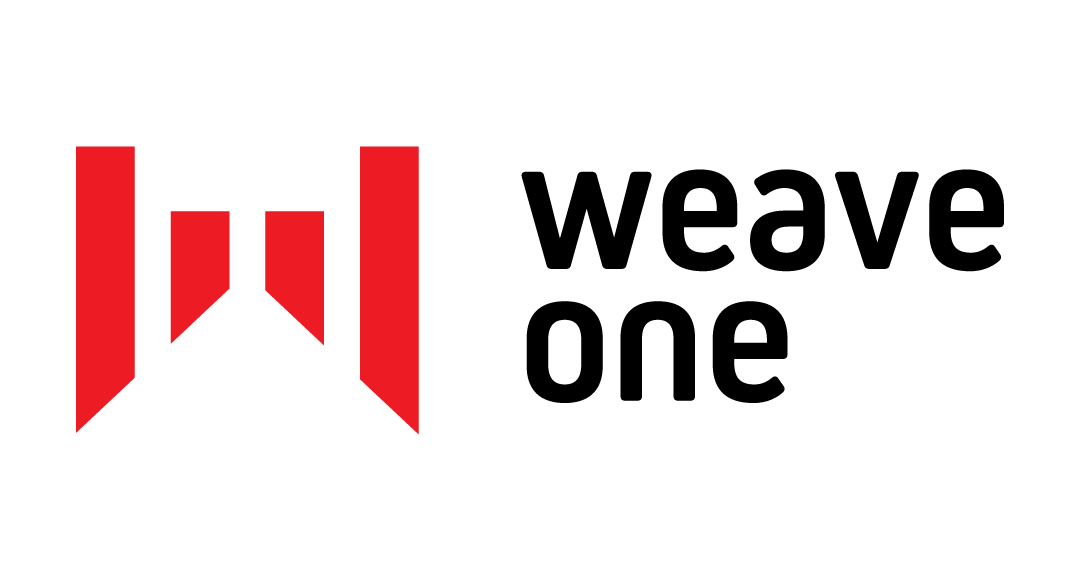Wondering how tariffs might affect your business? Scan this FAQ to get quick answers to common questions asked by small and medium-sized businesses – from direct and indirect effects to solutions that could offset increased costs or ease bottlenecks.
Tariffs are all over the news these days – but they’re nothing new. In fact, even before there was income tax, tariffs were a major source of income for countries. From North America to Europe, Asia to South America, countries around the world regularly use tariffs to manage trade relationships or as a tool to manoeuvre geopolitical situations.
As the year unfolds, new and significant tariffs have been directed at several countries – and Canada finds itself on the front lines. As such, it’s more important than ever to understand how tariffs work, the implications of short- and long- term tariffs, and the strategies Canadian businesses can implement to successfully navigate a new world in 2025.
General FAQs about tariffs
What are tariffs?
Tariffs are taxes a government places on certain imported products. As goods enter a country, they are classified by customs. Some goods have a government-mandated tariff added to the cost that the buyer must pay before the goods are released at point-of-entry (for example a retailer buying inventory or a manufacturer securing parts to make their products).
How do tariffs affect the cost of goods?
Tariffs are paid by the business or broker buying the imported goods. As the addition of tariffs makes the product more expensive for the buyer, they have two choices: they can either absorb their increased cost or pass on the higher price to their customers.
How can tariffs affect supply chains?
If a business imports products, materials, ingredients or other components from a country subject to tariffs, it will face increased costs. If the supply chain spans multiple countries, additional expenses could surface at various points, along with potential disruptions – especially if suppliers refuse to pay tariffs or if they switch to alternative sources that end up extending delivery times.
What are retaliatory tariffs?
Retaliatory tariffs are trade measures a country puts in place in direct response to tariffs placed on its exports by another country. Essentially, it’s a strategy designed to apply pressure to the original country and signal that the tariffs aren’t going to be ignored by the affected country.
How tariffs affect businesses directly
How will tariffs affect my business today?
| If you export to a country that has imposed a new tariff: | |
| Your products will become more expensive for your customers. This could mean you will become less competitive in the market: | |
| Demand may soften – especially if customers in the tariffs-originating country can find a similar product for less | |
| Profit margins may need to be cut | |
| Cost cutting measures may be necessary to offset your decreased sales | |
| You may consider lowering your price to offset the added costs to your customer |
| If you import: | |
| Retaliation tariffs may likely occur. As the prices you pay for international goods rise, your margins may take a hit: | |
| Owners may be forced to substitute goods and inputs locally or another country | |
| Profit margins may tighten if businesses absorb price increases | |
| Goods imported via an intricate supply chain may need to be reevaluated. For example, if you purchase goods from China or Mexico that transit through the U.S. |
How do I know if I need to pay a tariff when I import goods or if my customers will have to pay a tariff on my goods when I ship to another country?
The Government of Canada website provides details about tariffs, as well as rules and regulations
What are the long-term implications of tariffs for my business?
It’s difficult to assess the long-term impact of tariffs without knowing how long they may last and whether the scale will change with time. However, tariffs are likely to increase the cost of doing business across sectors in Canada, which may affect your profits, workforce and inventory management, among other things. Understanding how to mitigate the effects of tariffs can help you strengthen your business and build resilience in a shifting trade environment.
Can tariffs affect my competitive advantage?
Tariffs can affect your competitiveness both domestically and internationally. With a distinct “buy Canadian” movement, domestic buyers may be more inclined to buy from you to support Canadian businesses. When it comes to sales to the U.S., on the other hand, American buyers may turn to comparable U.S.-based sellers if the price of your products rises with the tariffs.
How tariffs affect the Canadian Economy
Can tariffs affect the Canadian dollar? What effect could this have on my business?
Tariffs can affect the Canadian dollar in a few ways. For one, if Canadian goods become more expensive to buyers in other countries, demand for Canadian exports may drop, which could weaken the demand for the Canadian dollar. What’s more, economic uncertainty accompanying the new tariffs may discourage foreign investment in Canada – again, this can weaken the dollar.
3 min read: How a Weak Canadian Dollar Could Impact Businesses and Investors.
As a business owner, a weaker Canadian dollar can affect your purchasing power if you buy goods, materials or equipment in foreign currencies. On the flip side, if you sell products internationally, a weaker dollar could make your goods more competitive to global buyers.
How tariffs affect businesses indirectly
I don’t purchase goods internationally. Will I be affected by tariffs?
Yes, even if you don’t buy goods from other countries, you could still feel the impact of tariffs. Here are a few reasons why:
- If your suppliers import materials that are subject to tariffs, they could pass those extra costs onto you
- If tariffs drive up prices on other things, Canadian consumers may cut back on spending, which could affect your sales
- If you compete with businesses that import goods that are subject to tariffs, you could gain a competitive advantage if they raise their prices
How can tariffs affect my overall financial position?
If tariffs start to cut into your profits, you might find yourself relying on personal savings to manage cash flow or cover shortfalls. Your personal investments could also be affected, depending on how they’re allocated. It’s a good idea to speak with your financial advisor to make sure your portfolio is well-diversified and to consider any adjustments that could help reduce your exposure to market uncertainty.
What businesses can do to reduce the impact of tariffs
5 min read: U.S. Tariffs: What’s Next? 5 Ways Small and Medium-Sized Canadian Businesses Can Navigate Uncertainty.
Are there any assistance programs to help small- and medium-sized businesses in the face of U.S. tariffs?
Yes, there are government programs and measures in place to support Canadian businesses. Learn about the initiatives the Government of Canada is introducing to ensure businesses have the liquidity needed during this challenging time.
5 min read: 5 Ways Your Business Can Respond to Shifts in the U.S.-Canada Trade Landscape.
How do I mitigate the risks associated with tariffs?
There are several strategies Canadian business owners can leverage to reduce the impact of tariffs. These include:
- Diversifying your suppliers: If supplier costs are rising, look for alternate relationships that aren’t subject to tariffs. Domestic suppliers can also mitigate foreign currency concerns.
- Exploring alternate markets: While it may be impossible to replace the U.S. as a customer, look into ways to enter other markets that can help you diversify your sales.
- Reaching new audiences: Consider adjusting product features to appeal to a new audience and initiate marketing programs to reach them.
- Revisiting your pricing: Do a market analysis and determine if it makes sense to raise your prices to offset increased costs and a weaker Canadian dollar.
Where can I learn more about tariffs and trade policies?
The information available on tariffs is becoming extensive. Government trade agencies, industry associations and legal consultants can all provide guidance on navigating tariff-related issues. These sites can also help you stay informed about changes as they happen.
Here are some sites worth exploring:
- The RBC Trade Hub aims to highlight opportunities for Canadian businesses in the current trade climate
- RBC Economics provides a macro-view on today’s environment (site regularly updated)
- The Canadian Federation of Independent Business (CFIB) outlines the impacts of tariffs on Canadian businesses and the programs available to support
- The Government of Canada website provides details about tariffs, as well as rules and regulations
Related Posts
March 22, 2022
Everyday inspired by the Beauty of the Mountains
Last year I wrote about why booking too far in advance can be dangerous for…


